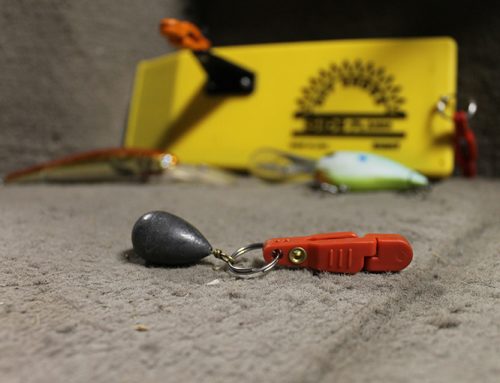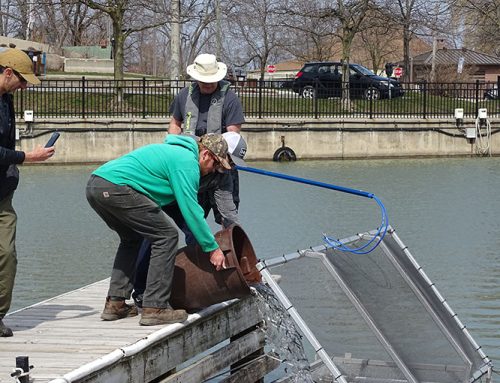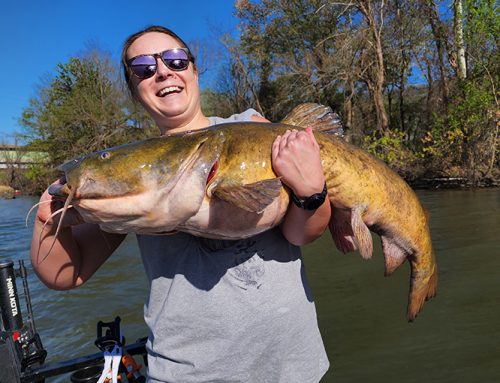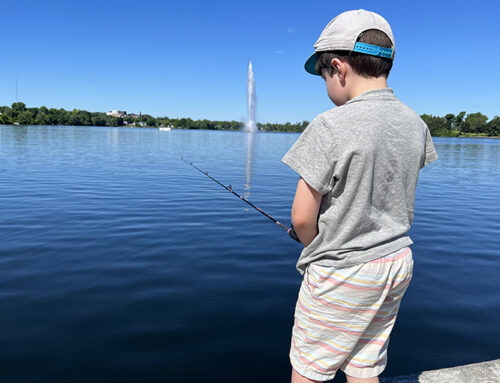
Ayden Ricker-Held is a rare person ― a fishing guide holding a master’s degree, with a research project built around the very fish he chases. Education, passion, and scientific curiosity overlapped in 2018 and 2019 when he was the head guide at the Old Post Lodge on Lake St. Joseph in northwestern Ontario.
His masters project determined the diet of walleye in spring and summer by analyzing the stomach contents of fish harvested for shore lunches, and frozen for the season at the lodge.
Some 160 walleye inspected at Trent University in the fall were packed full of mayflies during the hatch. Walleye were eating them almost exclusively during those weeks, and consistently throughout the growing season. This ‘revelation’ is not surprising to anyone who has suffered through the drought coinciding with the mayfly’s vertical migration that makes productive spots seem like the Dead Sea.
How to catch when the hatch is on
Anglers that dial in the movements and feeding patterns of walleye during this time can experience some of the most rapid walleye action of their lives. On his home guiding water Ricker-Held goes shallow and follows the wind to catch more ‘eyes during the hatch’. Using a simple 1 ⁄8- or 1 ⁄4-ounce ball-head jig with a three-inch plastic worm threaded on the hook.
Ricker-Held says the key is to focus on bottoms that will produce mayflies and are easy for walleye to hunt on. The largest mayflies burrow in mud. But the added presence of rocks and sand around a shallow muddy bay will yield the best results.
Once in the general area, follow the wind to concentrations of fish. Find shallow water (two-to seven-feet deep) and run your boat parallel to the shoreline, casting towards it on a 45-degree angle to cover as much water as possible. If wind and waves are rolling into a little cove or a rockpile, concentrate your casts there. Letting it sink to the bottom and retrieving in long sweeps, dragging it across the bottom to feel even the most subtle bites. Once you get one fish, more will follow. If the bite dies, keep moving, there are always more fish around.
The results
How good can the fishing be? Ricker-Held kept detailed notes for his research and the results are nothing short of spectacular. In his boat during the mayfly hatch, anglers averaged a fish every three minutes, with many days where each angler would eclipse 100.
Granted, Lake St. Joseph is a remote walleye factory, making it an amazing reference lake to understand how walleye want to live in their optimal habitat. These same techniques, however, translate to southern Ontario lakes with great results.
Originally published in the May 2022 issue of Ontario OUT of DOORS






Leave A Comment